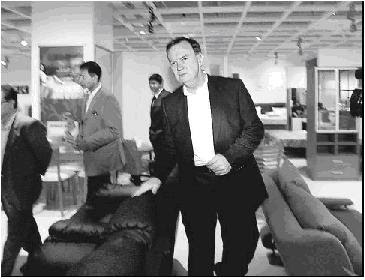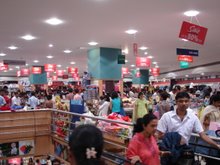Yamaha may shut shop if numbers don’t improve

Motorcycle Major Running Into Losses & Sales South-bound; Jan Sales Dip To 9,904 Units JAPANESE motorcycle major Yamaha may be lookingto shutting operations in India if its turnaround indicators do not work out as planned. According to an internal circular, dated February 12, 2007, and signed by Yamaha Motor India MD T Ishikawa—a copy of which is with ET—”the top management is closely monitoring” its new “marketing strategy and productivity of manufacturing” indicators. “If either does not go as intended the management is ready to shut down the operation here,” the notice says. When contacted on email, Yamaha Motor India director, sales and marketing Takahiro Maeda refused to comment on the issue. Sources in the auto industry say in the past three-four months, Yamaha has lost several senior managers including VP finance Sunil Vadhera, marketing head Atul Gupta, and head of manufacturing Rajiv Agrawal. Part of the reason for the attrition, say sources, is the company’s south-bound sales graph and uncertainty over its future. A Yamaha official confirmed the exits and said that it was a “personal choice” on the part of these executives. In January, 2007, Yamaha’s sales were 9,904 units, which officials say is among the lowest it has ever hit in India. Last January, its sales were 15,105 units. The January 2007 sales are a sharp 50% drop from the December 2006 tally of 18,136 units. According to Yamaha officials, the company is in an uncomfortable situation financially although its parent continues to do very well globally. “The company has gone into losses and sales have been hit very badly,” said a Yamaha India official. “But the management is trying out new products and marketing strategies to revive its sales.” The circular also refers to the company’s financial health, saying: “It is a matter of great distress that the financial condition of the company is further deteriorating and accumulated losses are continuously increasing.” The company has accumulated losses worth Rs 1,000 crore since 2001. It has around 2,000 staff on its rolls. Yamaha India officials have indicated that the company is planning to invest nearly Rs 1,600 crore over the next five years. The Japanese company bought over partner Escort’s stake in the two-wheeler maker in 2001 and turned its Indian operations into a 100% subsidiary. It’s not clear how Yamaha’s dipping fortunes will affect its joint venture talks with Bajaj Auto which, sources say, are proceeding as planned. Although, there is no confirmation on this, sources say that the JV, if it works out, will be a separate venture from both Bajaj Auto and Yamaha Motor India. courtesy:economictimes For more on Retail India visit www.retailindia.tv












